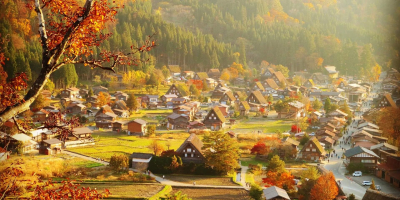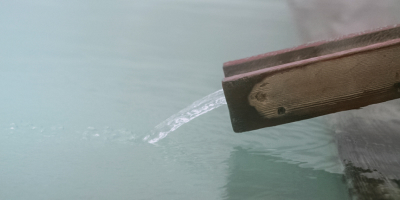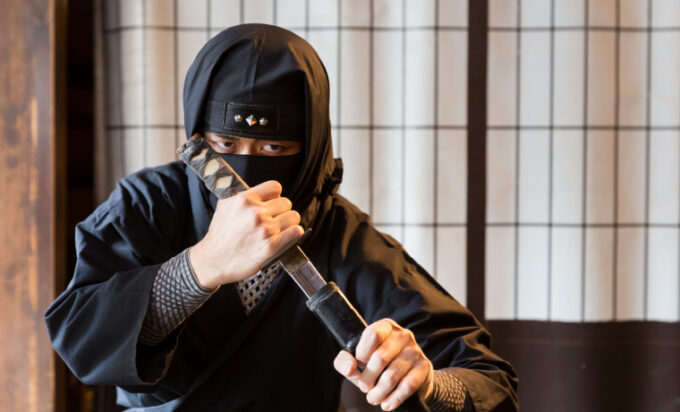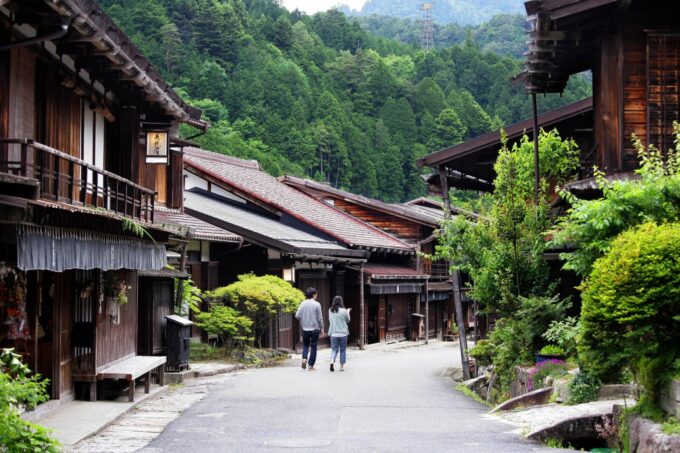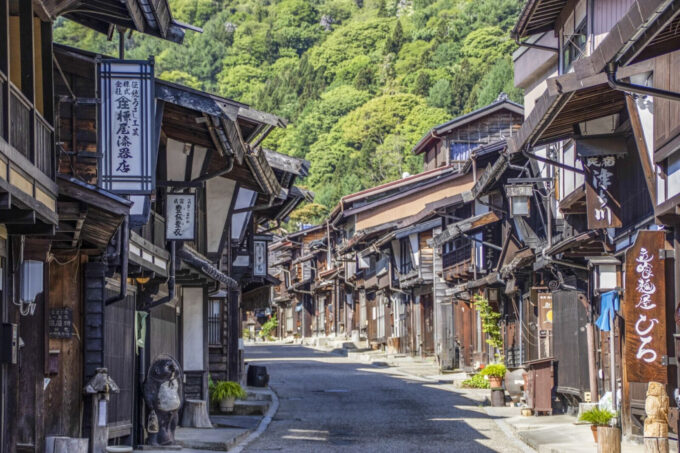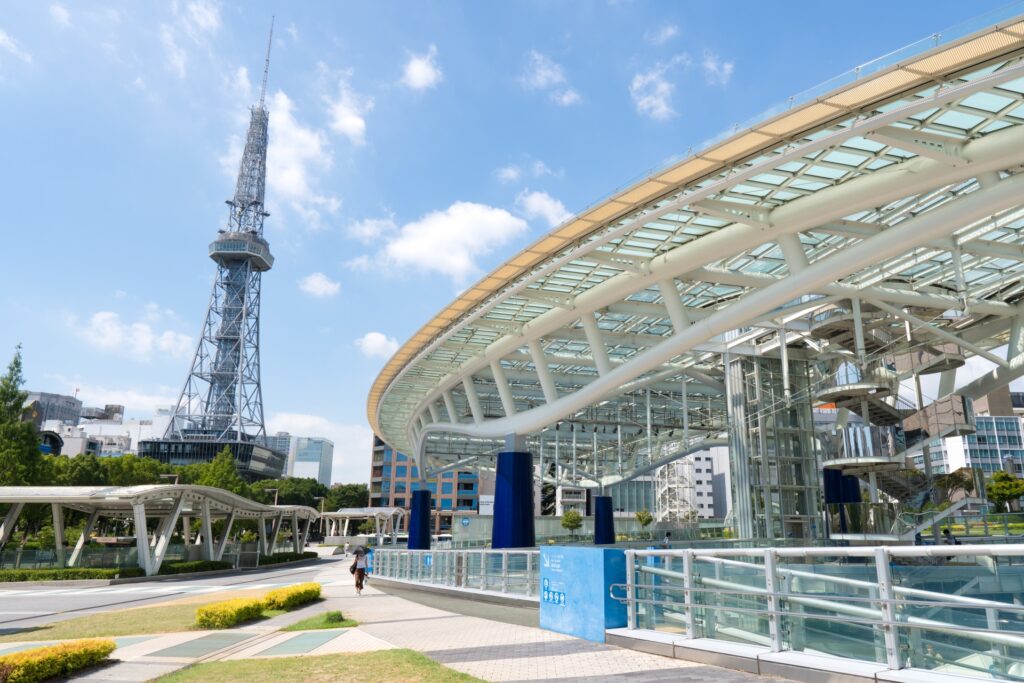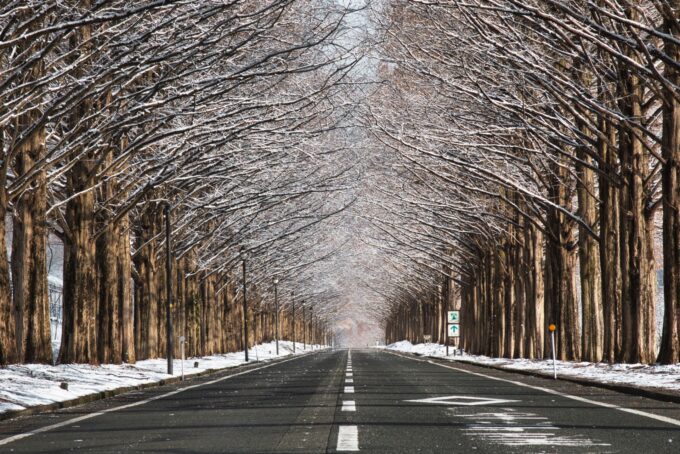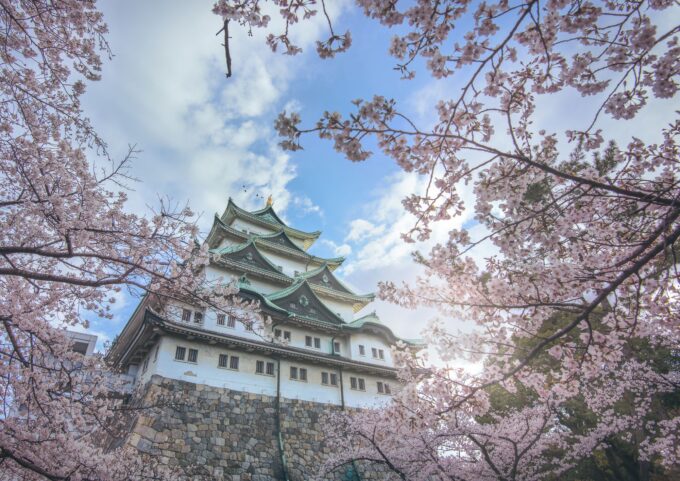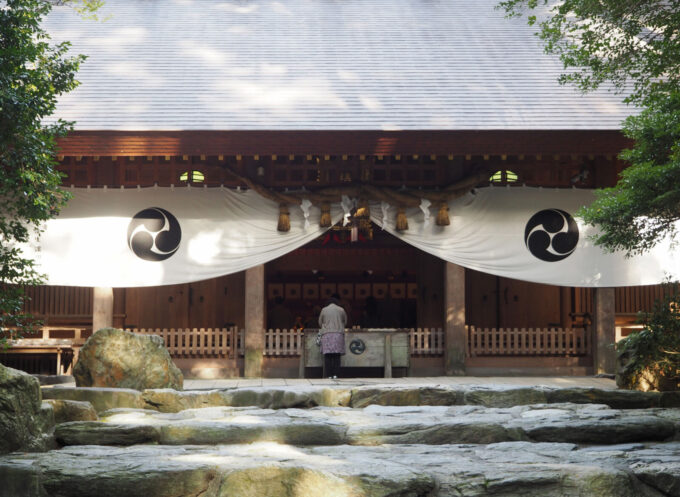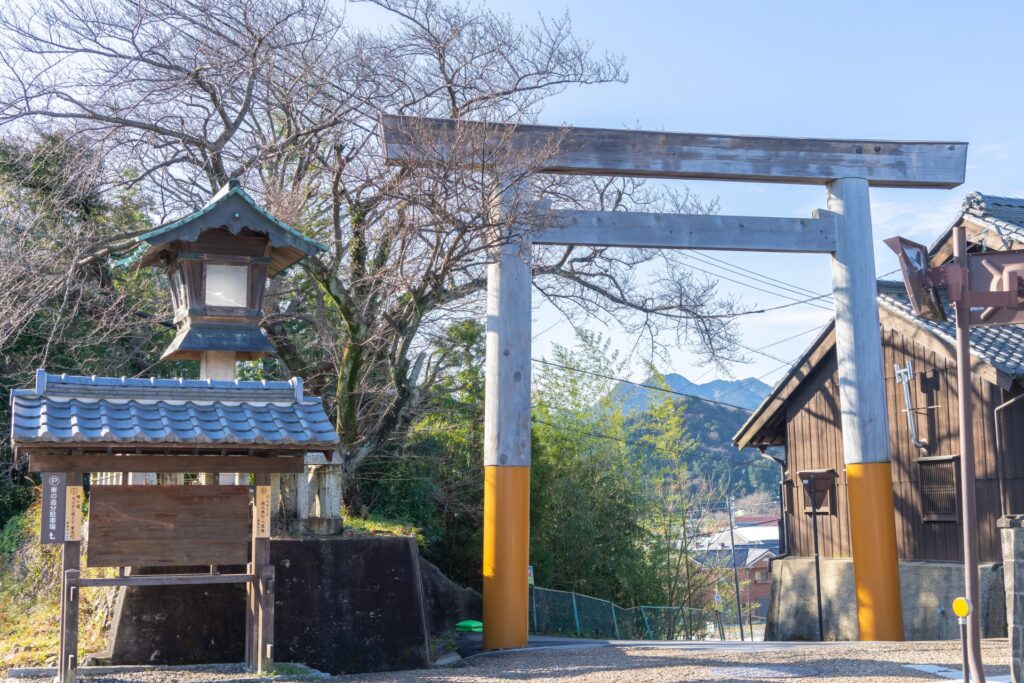
The Tokaido Trail, once Japan’s most vital travel route, was the lifeline connecting Kyoto and Edo (modern-day Tokyo) during the Edo Period (1603–1868). Of the five major Edo-period highways, including the Nakasendo, the Tokaido was the most heavily traveled.
With 53 official post towns along its 500+ km length, this route offered weary travelers a reliable network of lodging, food, and rest as they made their way between Japan’s imperial and political capitals.
Today, although much of the Tokaido has evolved into modern highways and railways, several preserved sections still allow visitors to step back in time and experience the journey of samurai, merchants, pilgrims, and officials who once walked this route on foot.
A Brief History of the Tokaido Trail
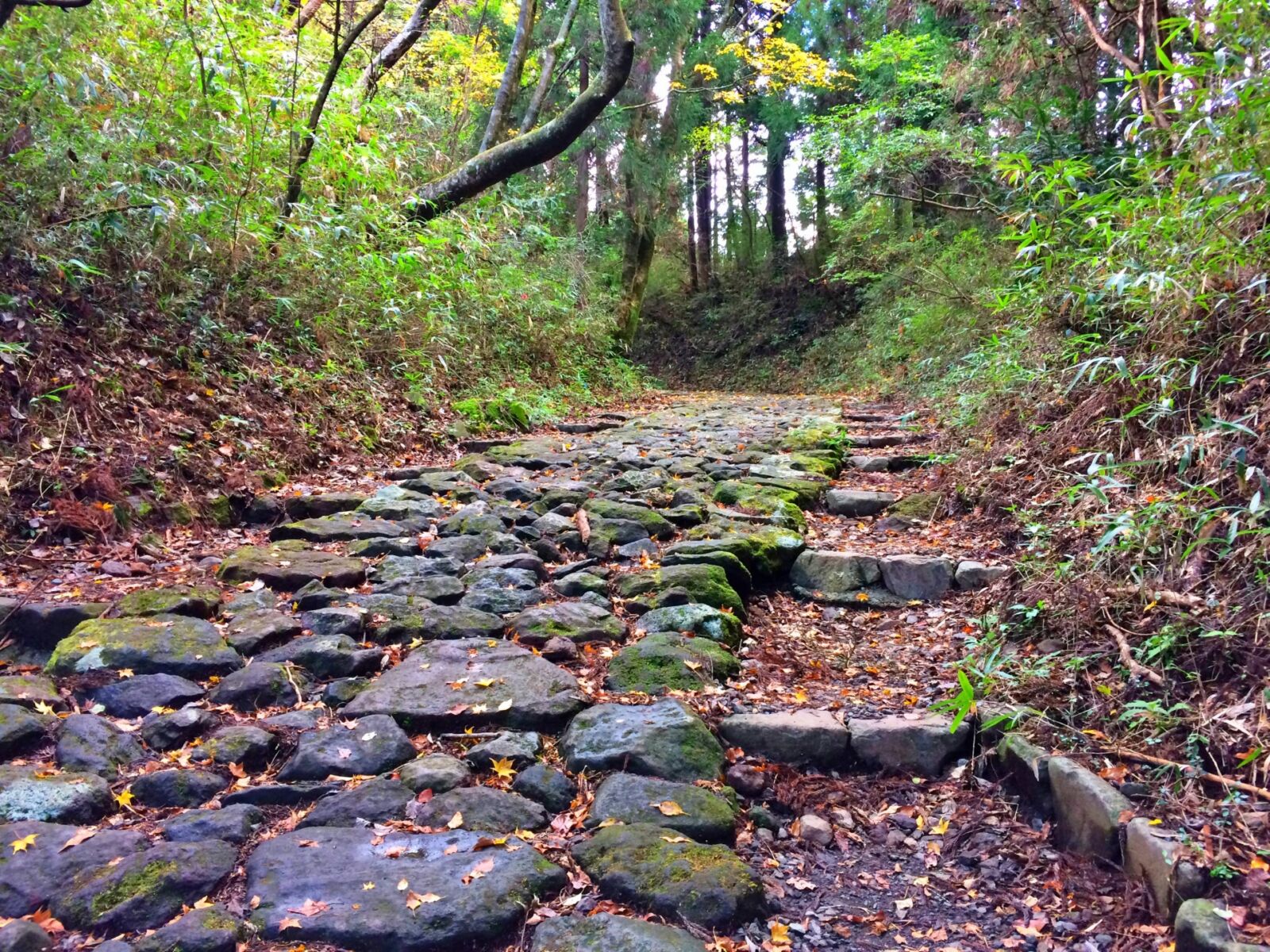
- Established: Officially during the Edo Period (1603–1868)
- Route: From Kyoto to Edo (Tokyo), tracing the Pacific coastline
- Length: Approx. 500 kilometers (310 miles)
- Post Towns: 53 waystations/towns offering accommodations, meals, and goods
- Significance: Used by daimyo (feudal lords), samurai, commoners, and imperial messengers
During Japan's Edo Period (1603 to 1868) the Tokaido was the most important of the five major routes (including the Nakasendo, Koshu Kaido, Nikko Kaido, and Oshu Kaido) as it provided the most direct link between Kyoto and the new capital of Tokyo, then called “Edo.”
The trail’s function was both practical and political, supporting the Tokugawa shogunate's policy of controlling regional lords through the sankin-kotai system, which required them to maintain residences in Edo and alternate living between their domains and the capital.
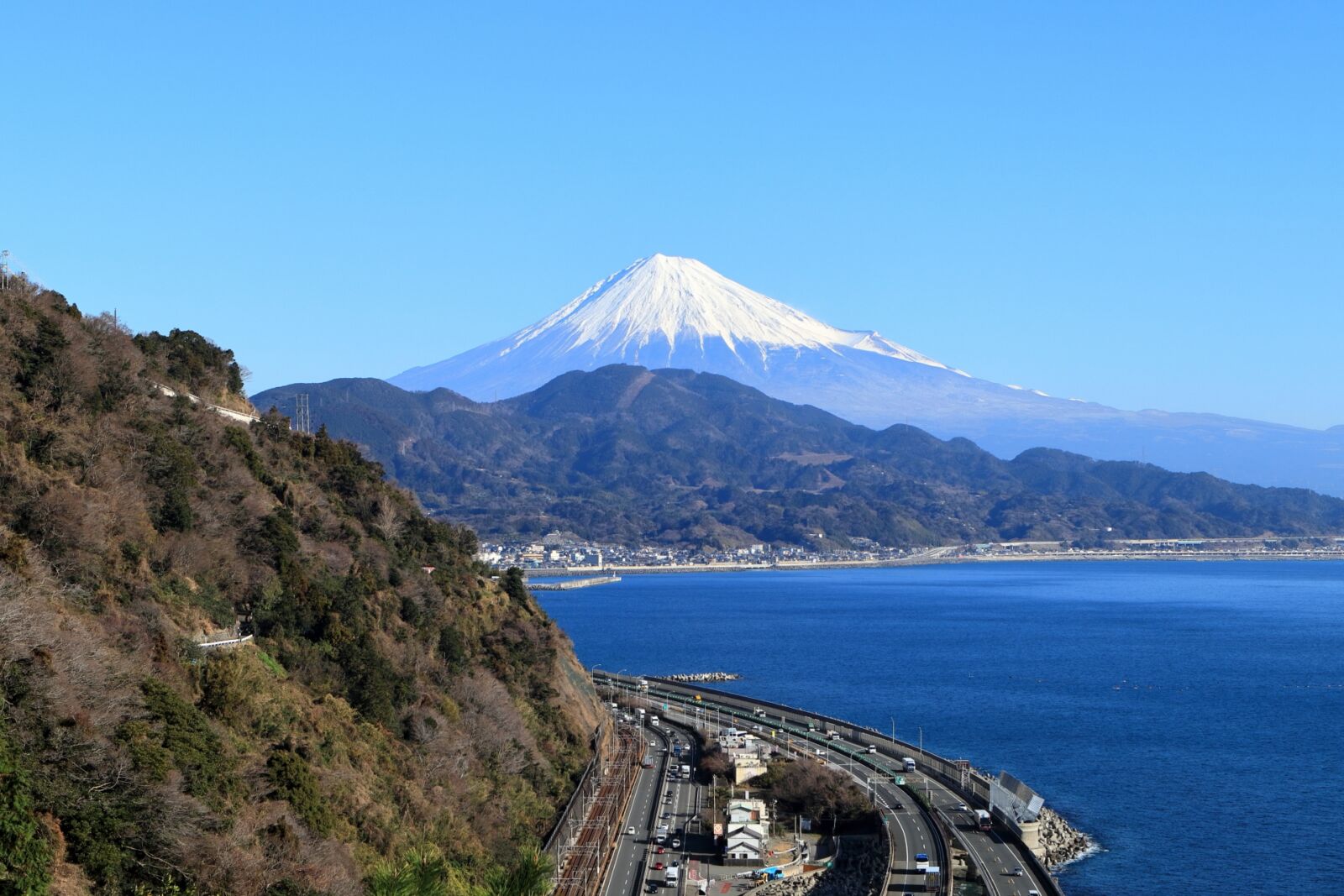
Stretching over 500 kilometers between the two cities, the name Tokaido translates as “東 / to = eastern; 海 / kai = sea; 道 / do = road,” or the “The Eastern Route by the Sea.”
Most travelers made the journey on foot and, in ideal weather and conditions, the entire Tokaido Trail could be traversed in about 10-12 days, however, if conditions were bad, the journey could take a whole month. Along the route were 53 post towns serving as places to rest and refuel with plenty of lodging, restaurants, and other businesses a traveler may need.
Unlike the more remote Nakasendo Trail or “Nakasendo Way” which largely still exists today, the heavy use of the Tokaido forced its modernization early on into what is now the JR Tokaido Main Line and Tokaido Shinkansen, as well as the Tomei and Meishin expressways.
Walking the Tokaido Today
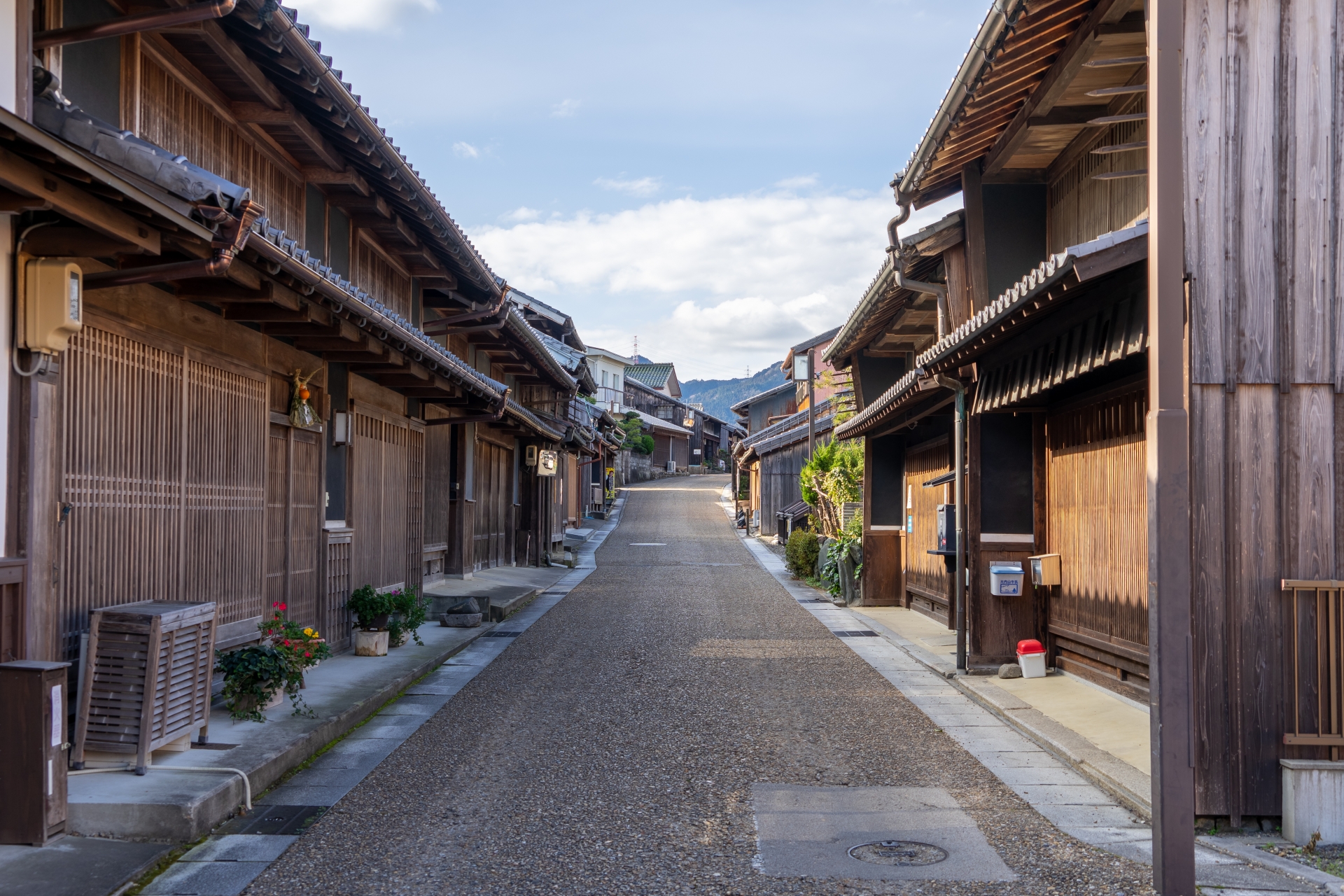
While the original trail is not continuous, some post towns, such as Seki-juku, still remain much in their original form—retaining the atmosphere of the Edo Era. Here you can walk along the Tokaido and enter several traditional inns and merchant houses that have been well-preserved from the Edo Era.
Additionally, the reconstructed Hakone Tokaido Checkpoint serves another great location for experiencing what life was like along this historic trail.
1. Seki-juku (Mie Prefecture)
One of the best-preserved post towns along the old Tokaido. Seki-juku features traditional inns (hatago), merchant homes (machiya), and cobbled streets that maintain the atmosphere of the 17th century.
Recommended Tour: Snow Monkey Resort's 1-Day Tour from Nagoya: Myths and Mystery of Ninja and the Tokaido Road not only gives insight into the daily lives of ninja but also takes you along the most important route of Edo-era Japan, the Tokaido road, as you are led by an experienced English-speaking guide on a full-day tour from Nagoya.
2. Hakone Tokaido Checkpoint (Kanagawa Prefecture)
A faithfully reconstructed Edo-period checkpoint complete with watchtowers, exhibits, and a museum. Here, travelers were once scrutinized for identification and purpose of travel, reflecting the strict security of the shogunate.
3. Mariko-juku and Okabe-juku (Shizuoka Prefecture)
These post towns retain historical sites, teahouses, and scenic views that once inspired ukiyo-e artists like Utagawa Hiroshige, who famously illustrated all 53 stations in his woodblock prints.
Frequently Asked Questions (FAQ)
What was the purpose of the Tokaido Trail?
It was the primary highway between Kyoto and Edo during the Edo Period, used for travel, trade, and government surveillance under the Tokugawa shogunate.
Can you still walk the entire Tokaido Trail?
Not in a continuous route—much of it has been modernized. However, preserved sections in areas like Seki-juku and Hakone still exist and are walkable.
What’s the difference between the Tokaido and Nakasendo Trails?
While both connected Kyoto and Edo, the Tokaido followed the coast, whereas the Nakasendo took a more mountainous inland route. The Nakasendo is more intact today for long-distance walking.
Recommended Tour: Step into the past and experience life in rural Japan as you hike the Nakasendo trail from Tsumago-juku to Magome-juku on Snow Monkey Resort's highly rated 1-Day Tour from Nagoya: Hiking the Historic Nakasendo Trail.
Popular
1-Day Tour from Nagoya: Hiking the Historic Nakasendo Trail
- Spots:
- NagoyaKiso Valley
- Pick-up:
- Nagoya
- Drop-off:
- Nagoya
How long did it take to travel the Tokaido in the Edo Period?
Under ideal conditions, the journey took 10–12 days on foot. In poor weather or road conditions, it could take up to a month.
Are there guided tours available for preserved sections?
Yes, our 1-Day Tour from Nagoya: Myths and Mystery of Ninja and the Tokaido Road not only provides you with a guided tour of one of the best preserved post towns on the Tokaido Road, but it also gives insight into the history and mystery of ninjas and their presence on the Tokaido.
Additional Tips for Exploring the Tokaido
- Bring Comfortable Shoes: Even short segments like Seki-juku involve walking on uneven cobblestone paths.
- Look for Hiroshige Prints: Many preserved post towns display the matching Utagawa Hiroshige woodblock prints from the 1830s, offering an artistic window into what travelers once saw.
- Combine With the Nakasendo Trail: Consider hiking the Nakasendo trail to experience what it would have been like for a samurai traveling along these routes in the Edo era.






